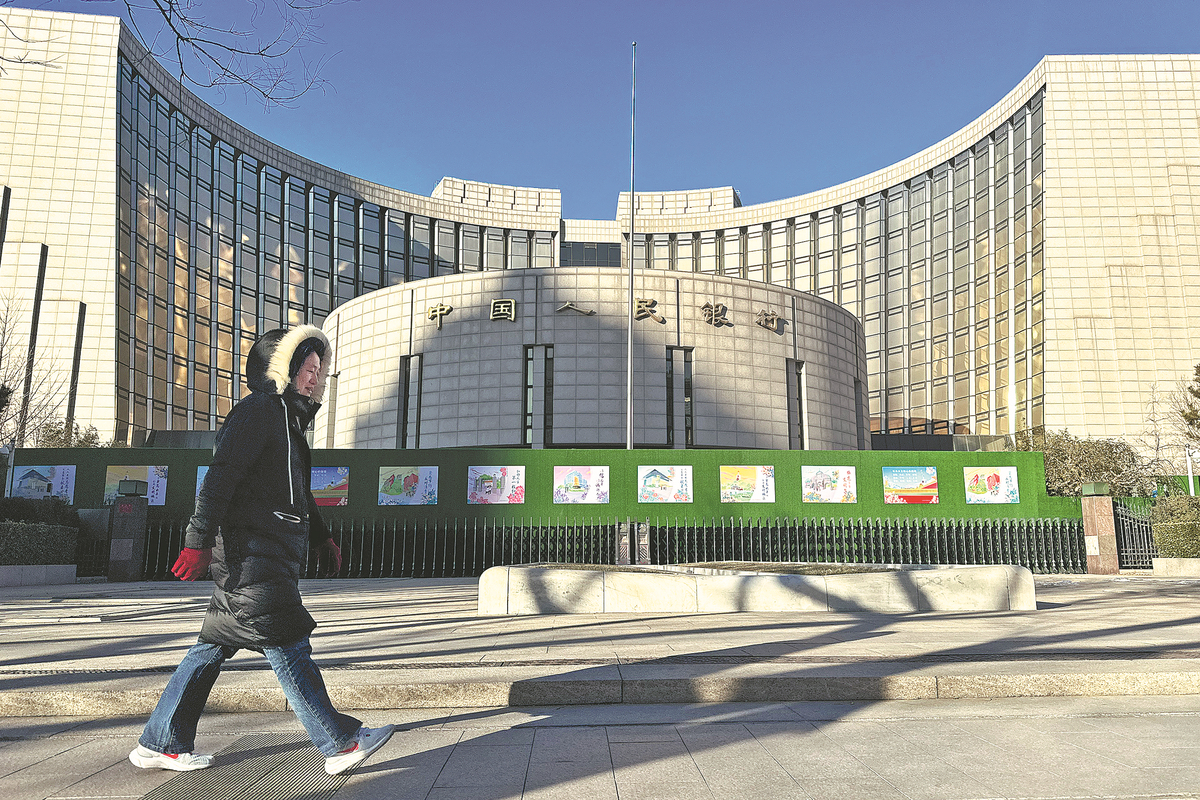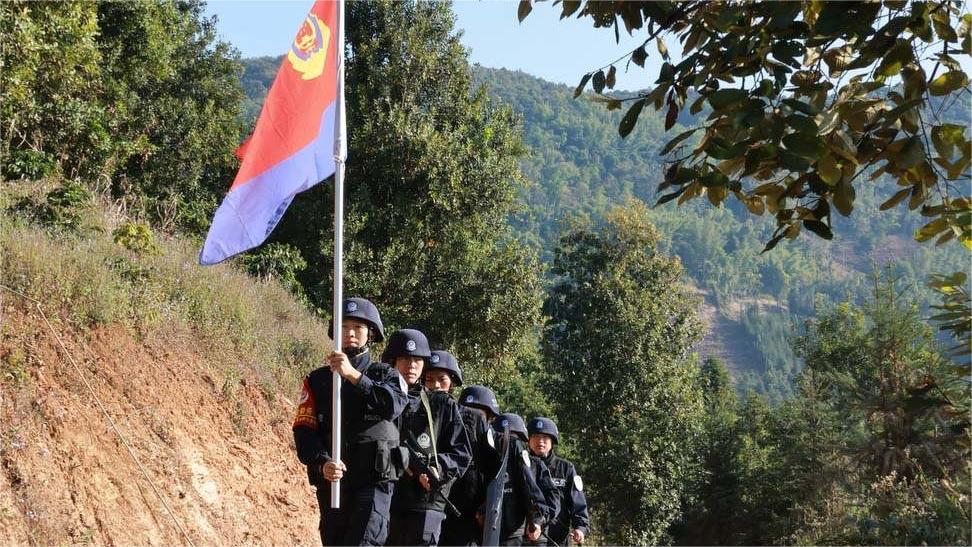RRR cut buzz gathers steam

A pedestrian walks past the headquarters of the PBOC in Beijing. JIANG QIMING/CHINA NEWS SERVICE
Lukewarm financing demand and the upcoming issuance of a large amount of treasury bonds may necessitate a cut in the reserve requirement ratio in the second quarter of the year as the external financial conditions are set to improve, experts said.
They commented as senior central bank officials pointed to the scope for further reducing the RRR — the proportion of money lenders must hold as reserves — a second time this month. Such hints are seen by some analysts as a harbinger of the People's Bank of China cutting the RRR in the near future.
"The second quarter remains a window for aggregate (monetary) easing," said Li Chao, chief economist at Zheshang Securities. "If the renminbi exchange rate is still under pressure, the probability of interest rate reduction would be small, and an RRR cut may be effected."
On Thursday, Xuan Changneng, deputy governor of the PBOC, said China has ample policy space and a rich reserve of monetary tools, with scope to further cut the RRR, reiterating the tone delivered by PBOC Governor Pan Gongsheng earlier this month.
The average RRR of China's banking industry is currently 7 percent after a 50-basis-point cut in February, official data showed.
Xuan said at a news conference in Beijing that the declining deposit costs and shifts in the monetary policies of major economies would give China greater flexibility in interest rate adjustments, vowing to provide ample liquidity and promote the stability and gradual reduction of financing costs for enterprises and households.
On Wednesday, the US Federal Reserve kept its overnight benchmark borrowing rate in a range between 5.25 percent and 5.5 percent while implying 75-basis-point interest rate cuts by the end of this year, which will mark a shift from monetary tightening to easing.
Xuan's remarks reinforced expectations that the PBOC may cut the RRR in the coming months, as this year's 1 trillion yuan ($138.9 billion) in ultra-long-term special treasury bonds may kick off issuance from the second quarter, which could tighten liquidity conditions and necessitate measures to release long-term liquidity, experts said.
Zhou Guannan, chief fixed-income analyst at Hua Chuang Securities, said cutting the RRR should be a key policy option to ensure smooth liquidity during the issuance of ultra-long-term special treasury bonds and may be implemented when the issuance of government bonds peaks.
"Assuming that the special government bonds are issued between April and June this year, the government bond supply may peak in May," Zhou said.
The scope for monetary easing facing China would further expand if the US Federal Reserve starts to reduce interest rates in the second half of the year, said Wang Tao, who expects to see cuts in policy interest rate benchmarks of 10 to 20 basis points and RRR cuts about 50 basis points this year.
On Thursday, traders bet that there are 73.8 percent odds that the Fed will start cutting interest rates in June, according to the CME Fed-Watch Tool.
Experts said the subdued financing demand of the real economy should also be a key reason justifying an RRR cut. The increment in aggregate social financing — the total amount of financing to the real economy — reached 8.06 trillion yuan in the January-February period, down by 1.1 trillion yuan year-on-year, PBOC data showed.
"If the economy was not performing well in the first quarter, there is likely to be a monetary expansion, but more likely in terms of cutting RRR rather than the direct cuts of the interest rate," Wang Dan, chief economist at Hang Seng Bank China, said during a webinar hosted by the International Finance Forum on Wednesday.
Photos
Related Stories
- China's fiscal revenue down 2.3 pct in first two months of 2024
- China has room for further RRR cuts; debt at appropriate level: Chinese officials
- China identifies 15,000 projects to be backed by 1-trillion-yuan bond issuance
- China has vast space, outstanding advantages to attract foreign investment in long run: top economic planner
- China seeks win-win for economic growth, carbon reduction
- China still has room for RRR reductions: central bank
Copyright © 2024 People's Daily Online. All Rights Reserved.









